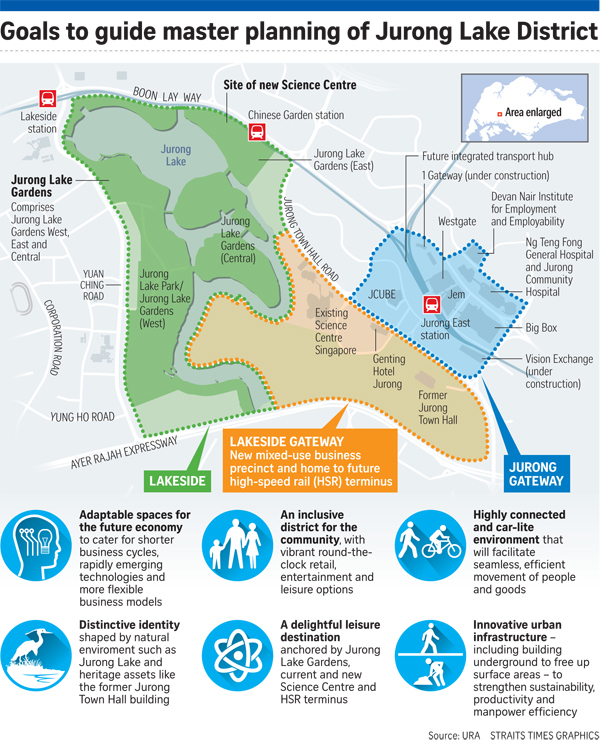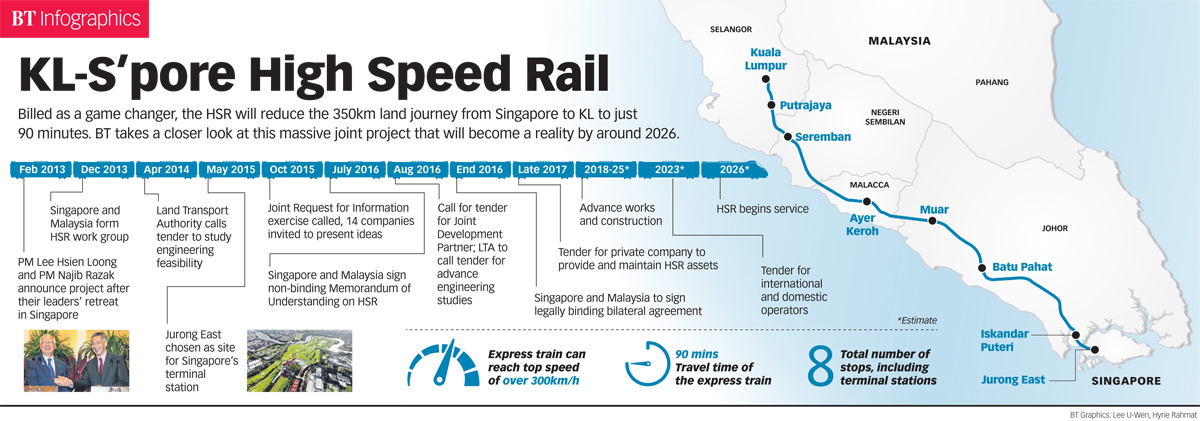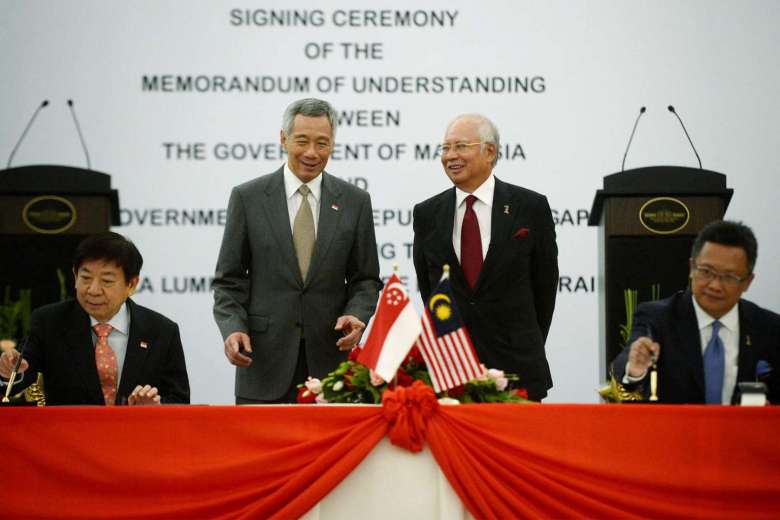The high-speed rail linking Singapore and Kuala Lumpur is expected to be a shot in the arm for the local economy when it starts running a decade from now, creating jobs and spurring growth.
But it is unlikely to have a big economic impact during construction, said experts, citing the short length of Singapore’s section of the rail.
The rail line will span 350km, but only 15km will lie in Singapore.
“To us, that’s a relatively small stretch,” said engineering firm ECAS-EJ Consultants’ managing director Chan Ewe Jin, who is also vice-president of the Institution of Engineers Singapore. “I don’t think it will have much of an impact.”
Singapore Contractors Association president Kenneth Loo agreed: “We’re building far more MRT lines than that.”
With multiple MRT lines in the works and the Singapore stretch of the high-speed rail likely to run mainly underground, one question is whether firms specialising in such work will be over-extended.
But Mr Loo does not see it as an issue. When a memorandum of understanding on the project was signed on Tuesday, it was noted that the rail construction is expected to begin in 2018. “By that time, some of the current MRT works will be near completion, so you won’t have excessive demand,” said Mr Loo.
If there are any immediate benefits, they are likely to be in terms of skills transfer, said Government Parliamentary Committee for Transport deputy chairman Ang Hin Kee.
As Singapore does not have experience with high-speed rail technology, this is an opportunity to build expertise, he said. “It will not be your typical MRT construction.”
He also said the major impact will come when the line starts running. It will create job opportunities directly, as people would be needed to run and maintain the rail system.
But Mr Loo does not see it as an issue. When a memorandum of understanding on the project was signed on Tuesday, it was noted that the rail construction is expected to begin in 2018. “By that time, some of the current MRT works will be near completion, so you won’t have excessive demand,” said Mr Loo.

If there are any immediate benefits, they are likely to be in terms of skills transfer, said Government Parliamentary Committee for Transport deputy chairman Ang Hin Kee.
As Singapore does not have experience with high-speed rail technology, this is an opportunity to build expertise, he said. “It will not be your typical MRT construction.”
He also said the major impact will come when the line starts running. It will create job opportunities directly, as people would be needed to run and maintain the rail system.

Read also:
High speed rail MoU between Malaysia and Singapore inked
Singapore-KL High Speed Rail: Shorter customs inspection for passengers
Singapore-KL High Speed Rail: What you need to know

This article was first published on July 21, 2016.
Get a copy of The Straits Times or go to straitstimes.com for more stories.






